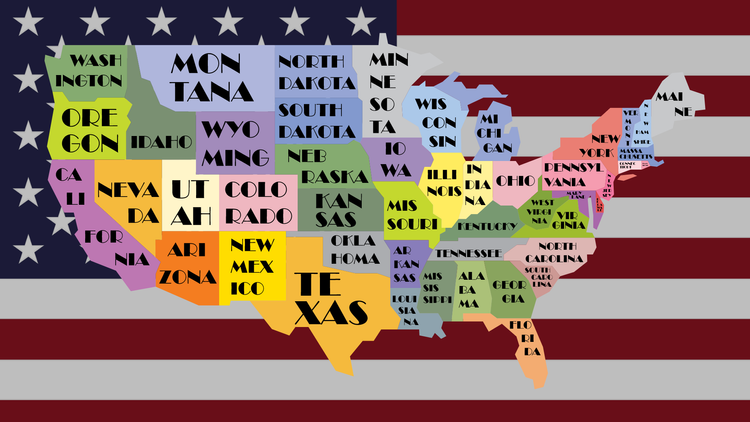The 2008 Financial Crisis in Six Numbers
Starting on March 14th, 2008, the fate of the global financial system came down to one weekend – the Federal Reserves first weekend emergency meeting in thirty years – when central bankers and politicians would decide whether to let the Financial Titanic sink or salvage it for parts.
Few people were prepared to deal with a financial crisis of unprecedented scope and complexity. No one knew if those in charge would act, under what authorities, and whether those actions could happen in time.
A total collapse of the global financial system was a distinct possibility.
One of the world's most successful hedge fund managers described the real-time uncertainty going into that weekend: "If Morgan Stanley did not open for business on Monday, I would be done by Wednesday."
My peers thought about the financial crisis in professional terms – would they lose their jobs? – while older people worried about how the crash would affect their retirement savings.
With the benefit of time and perspective, it is clear that the financial crisis was far, far worse than I knew at the time.
It destroyed wealth, families, communities, and, worst of all, social cohesion. It crushed the people who could least afford it. People are rightly shocked that those responsible for the most egregious risks were not held accountable.
The recent global wave of virulent nationalism is a direct response to the financial crisis. We have not seen the bottom yet.
Six data points tell its story.
$19.2 Trillion
Between 2007 and 2009, American household wealth declined by $19.2 trillion.
$61 Billion / $170 Billion / $450 Million
After a loss of $61 billion in Q4 2008 (the largest loss in US corporate history) – and after receiving $170 billion in taxpayer bailouts – AIG's CEO said he had "no choice" but to award $450 million in year-end bonuses.
500%
Between 1997 and 2006, household borrowing for mortgages – powered by unqualified borrowers – increased by 500%.
80%
Between 2005 and 2011, new home sales decreased by 80%.
75%
Between 2007 and 2011, one-in-four American families lost at least 75% of their total wealth.
86%
Between 2007 and 2009, the median wealth of the Hispanic population in America fell by 86%.





